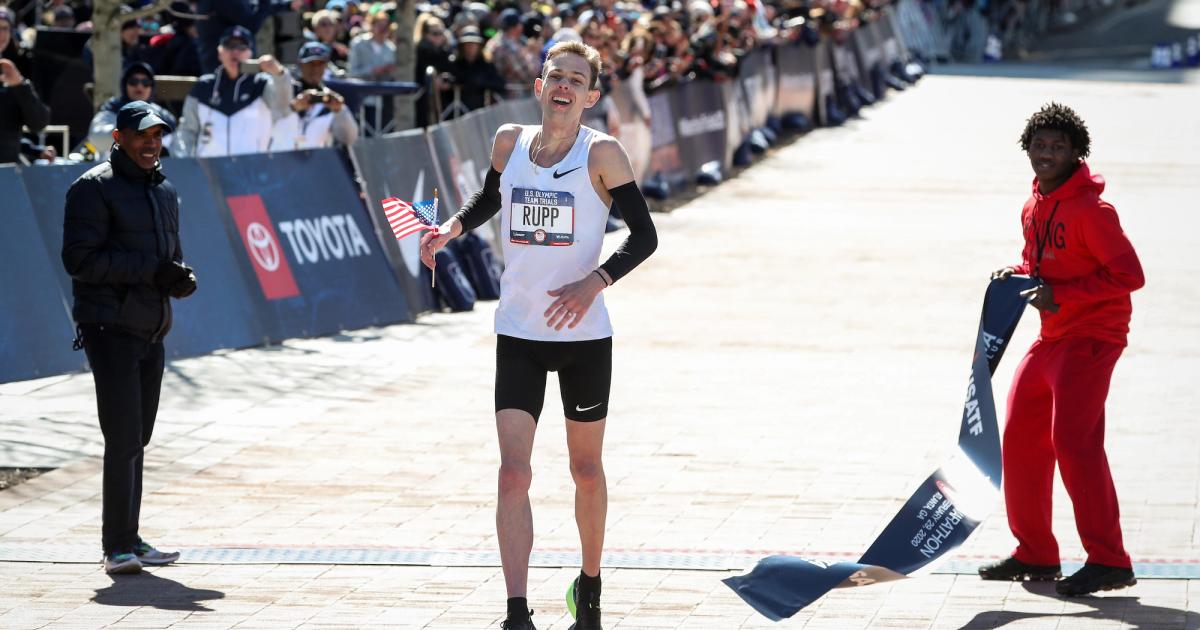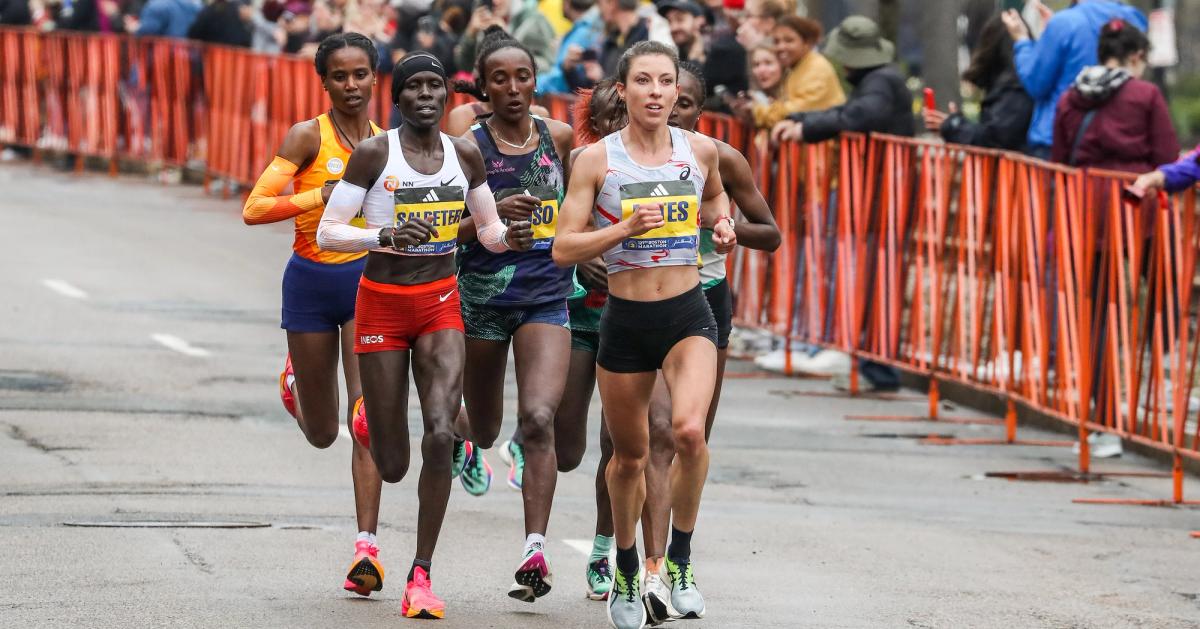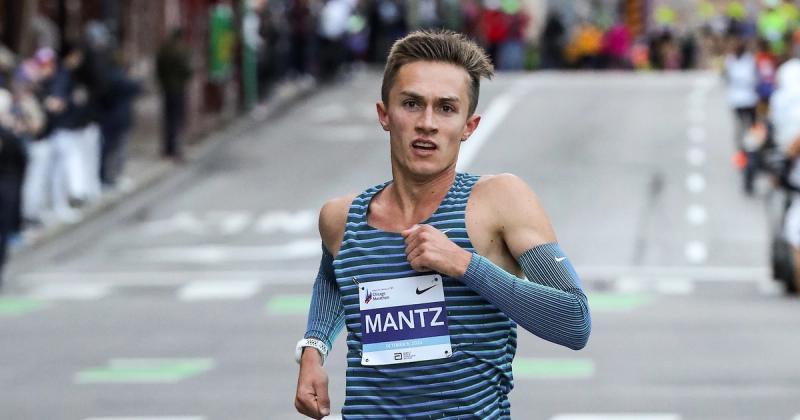By Kyle Merber
May 24, 2023
Are you hoping to qualify for the Olympics in the marathon? Well, good luck. It’s hard! Challenges include bumping up your mileage north of 120 each week, staying healthy enough while doing so to crush some eye-popping road sessions, then you’re also faced with the daunting task of figuring out exactly what the rules and regulations are. Many Olympic hopefuls, their agents, and their coaches, are likely just beginning to understand the process thanks in part to these insights shared by coach James McKirdy.
For American women, who are better at running, it is now quite simple. For American men… like I said earlier, good luck! Here are the basics of how to qualify according to World Athletics:
- Countries can send up to three athletes
- The target field size is 80
- The Olympic standards are 2:08:10 and 2:26:50
- Achieving a top 5 finish at a platinum race will also be considered qualified
- Athletes ranked in the top 65 (filtered to max 3 per country) will be considered qualified
- Spots can be reallocated by a federation to athletes who have achieved 2:11:30/2:29:30
The federation has the final say of which qualified athletes will be selected. Because the United States will utilize the reallocation of spots, what that means is that if we have three spots “unlocked” then all an athlete has to do is be one of the first three across the finish line at the Olympic Trials who have run under 2:11:30 or 2:29:30.
On the women’s side, there are more than three who have done their duty for the good of Americans everywhere. The men have no one. That means that if a few souls do not fall on the sword and commit to running a fast marathon this fall, we risk sending no dudes to the Olympic marathon starting line. United we stand, divided we fall!
As much as I enjoy slagging the American marathon men for not doing whatever Japan is doing, there are definitely at least three men capable of finishing in the top 20 in the world. The issue is that the appearance fees and ease of travel to run New York and Boston have routinely skewed the majority of our top athletes’ schedules toward these domestic events. A top-five finish in either is obviously difficult, as is running fast over the course’s hills. And not that anyone has run under 2:08:10 at either race recently, but Boston and the California International Marathon – the site of the USATF Champs, ironically enough – are not eligible for standards anyway.
Is part of the issue doping? All the standards have been lowered, but it is possible that 2:08:10 becoming commonplace globally is just the product of rampant cheating. If you’re only racing twice a year with the majority of your time in between spent off the radar in the mountains, then it is relatively easy to evade testing.
This is a prisoner’s dilemma if there has ever been one, which is often how I feel about being a fan of this sport. The majority of serious male American contenders have not made an Olympics before, so the first goal should be to simply qualify. But working backward from the beginning of February, there isn’t much time.
Here is where the United States men stand:
- 0 US men have run under 2:08:10
- 0 US men have finished top 5 in platinum races
- 49 of the 80 spots are currently filled by other countries
- 6 US men have run under 2:11:30 (Korir, Zeinasellassie, Simbassa, Kibet, Mekonen, Colley… remember, Boston doesn’t count for time here, just place)
If filtering for a maximum of three per country, then Fauble sits in 39th, Mantz is 45th, and McDonald is 60th. The problem is that none of those guys have a second mark worth enough points.
An easy solution is for World Athletics needs to create its Road to Paris tool/web page immediately so athletes have an idea of where they currently stand. Right now, everyone is shooting in the dark.
That makes it a matter of controlling what you can control. If I am one of the athletes who has not run under 2:11:30, then I would certainly aim to do that. The no-brainers there are Fauble, Mantz, and McDonald because if they go do that, then they’ll likely have a high enough ranking to unlock a slot.
Another strategy is to run races that have a high potential for big-point bonuses. If you are a US man with the potential to run Worlds, for instance, then you should 100% do it. The right of first refusal for those three spots goes: Mantz, Fauble, Kibet, and then Panning, Korir, Rupp if someone passes.
But why would you pass? You get to represent the USA!!! But maybe more importantly if the goal is to make the Olympics, the course is very flat. The race is being run at 7 AM, and in Budapest the average temperature on August 27th at that time is 60 degrees with low humidity. And it is a OW-level race (it stands for “Olympics/Worlds” and it’s the highest category of competition) with generous points being dished out going 20 places deep.
If you are Mantz or Fauble, then not only is this an opportunity to knock out 2:08:10 as an A-goal, but also to secure a 2:11:30 as a consolation prize, in case a top three finish at the Trials requires riding someone else’s coattails. Just sticking your nose in it comes with a very high likelihood of improving your ranking to where it needs to be.
For similar reasons, another great opportunity that American men should consider: The World Road Running Championships Half in Riga. Four men go and once again, it’s a quick course and a good chance to get that ranking up.
They never said it would be easy. And I guess they also probably never said it would be simple… If you are confused, that’s okay.

Kyle Merber
After hanging up his spikes – but never his running shoes – Kyle pivoted to the media side of things, where he shares his enthusiasm, insights, and experiences with subscribers of The Lap Count newsletter, as well as viewers of CITIUS MAG live shows.




